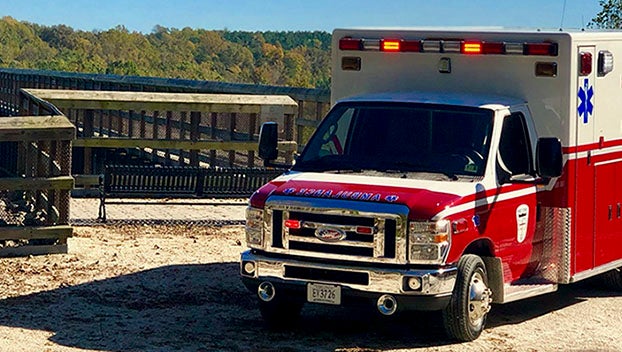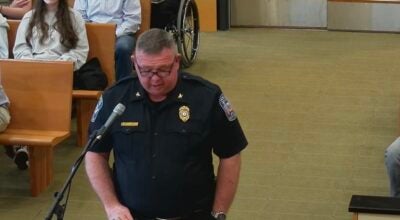Tired of long hospital delays? Cumberland EMS looks at a solution.
Published 5:10 am Thursday, January 26, 2023
Cumberland County only had 31 medical transport calls last month, said Cumberland EMS and Fire Chief Andy Aigner. But it’s not because people didn’t need treatment. Instead, many were refusing it.
“We’re getting a lot of refusals,” Aigner told the Cumberland Board of Supervisors during their January meeting. “People are calling and we are going out and they don’t want to go to the hospital.”
At that point, Aigner said, his first responders check the people out and offer the best treatment they can. Then the resident has to sign a refusal statement, acknowledging they don’t want to go to the hospital.
“Part of that is because hospitals are overcrowded,” Aigner said. “There are a lot of sick, sick people in the hospital at the moment and [people just don’t want to wait]. So we go out, we do our due diligence and take care of them and offer to take them, but they don’t want to go.”
According to Steve Parrott, there are many factors causing these high wait times. He works as program director of the Central Virginia Healthcare Coalition. Along with rising flu and COVID-19 cases and understaffing, supply chain issues are also part of the problem as it is still recovering from the pandemic and dealing with the current economy. Even though these issues exist, these locations are doing what they can to overcome and give everyone the help they need.
But what if there was another option for emergency workers? Typically, emergency responders have to take a person to the closest hospital or the one their group contracts with. But Cumberland is one of several operations testing out a program, one that works around the normal restrictions.
Cumberland EMS tries something different
Cumberland’s rescue squads are now part of the Virginia Healthcare Alerting and Status System (VHASS). The operation can let emergency responders know how crowded nearby hospitals are before they transport patients there.
VHASS is a system that has been around for numerous years through the Central Virginia Healthcare Coalition. Healthcare providers can register to be a part of this system and post wait times and capacity to let registered emergency responders know the best place to take the patients.
“It works like a visibility program,” Parrott said. “Healthcare providers post how busy they are and emergency responders can gauge if they need to go to another place.”
This system was beneficial in COVID-19 as hospitals could put up general information about how many rooms were filled, ventilators used, intensive care unit beds filled and more. No specific patient information is shared through this program, only general information to show what is available with no privacy infringements.
According to Parrott, the program is not limited to Cumberland as healthcare providers across the state are registered and post their information. Emergency transportation can look on VHASS and see where would be best to go, but unfortunately for the more rural areas, there are not always more options if the local hospital is overcrowded.
Fortunately, patients do have a say if they need to go to a certain hospital or healthcare provider even if the VHASS information would suggest otherwise. With the visibility the program provides, emergency responders and patients can make the best informed decision for the situation.





